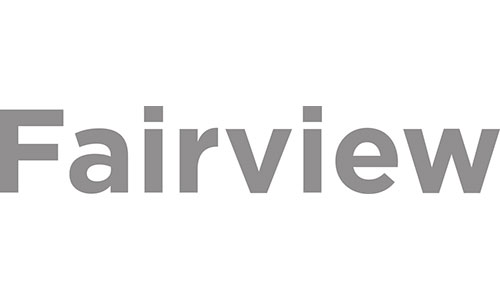This is it. We’ve arrived at the conclusion of our riveting “What is a Brand?” series. So, here it is, Part III: The Brand. Even in the marketing world, there seems to be a lot of confusion surrounding what a brand is and what it isn’t, so we decided that it was time to set the record straight.

Let’s start off with some definitions to help you understand the difference between a logo, brand identity, branding, and brand. You’re probably thinking, “Wait? They’re all different?” You betcha. Here’s the breakdown:
- Logo: the primary visual symbol of your company
- Brand identity: alongside your logo, these are the consistent elements used to communicate to your audience (colors, fonts, photography, music the voice or tone your company uses, etc.)
- Branding: the efforts done to help tell your company’s story
- Brand: the perception the public has of a company
For those of you who are visual learners, here’s a graphic of the breakdown:

The basics of a brand
If we’re breaking down the perception the public has of your company, a good place to start is putting yourself in the consumer’s shoes. Typically, when people have a perception of a company, they consider more than just how cool their logo or color pallet looks. They think about a company’s:
- Identity
- Products or services
- Price point
- Customer service
- Knowledge and experience
Now that you are thinking like a consumer, let’s look at a company: what do you think of when you think of Disney? Do you think of how family-oriented its films and products are? Do you think of the great customer service you received at a Disney World restaurant? Do you think of how overpriced a hotdog is at the theme park (seriously, why is their food so overpriced)? Whatever you think of Disney, that is your perception as a consumer. And, that’s exactly what a brand is: the perception the public has of a company. Disney is a great example of an organization that has done well for itself as being branded the “family-friendly, customer-oriented, happiest-place-on-earth” company. So, how did their company achieve such success? They did what any successful marketer has to do: get to the heart of their product or service and then work to influence their brand over time.
Branding your brand
As a marketer, you may think that when it comes to your brand, you are in the driver’s seat. However, the truth is, the determinant of a successful brand isn’t up to you, it’s up to the consumer. But, the good news is there is a lot you can do as a company to help shift and sway those perceptions in a desired direction. Again, this where our term branding comes in, or the efforts done to influence a brand.
Consider it this way, even though your customers are in the driver’s seat, it’s your responsibility to navigate them down the road. The most successful companies are typically built up over a long period of time due to their branding process—emphasis on process. Therefore, it’s important to make sure you have a complete understanding of your product or service as well as your target audience before you begin developing how you want your consumers to perceive your brand.
Reinforcing your brand
Even though your mom probably told you, “You shouldn’t care what others think of you,” that piece of advice has no place in the marketing world. Branding should encompass everything you do as a marketer as public perception is an integral part of your company’s success or failure. Think about it, people’s interests and disinterests are changing constantly, and your target audience will continue to develop their perceptions of you based on your products and services as well as your branding efforts. So, make sure you’re doing everything you can to listen to your consumers. It’s also important to note that consumers will judge you based on your competition and their previous experiences with them, so you have to ask yourself, what makes you stand out? What makes you different from the millions of other sushi restaurants, shoe stores, or marketing agencies in the world? Find out, your brand depends on it.
Best ≠ brand
Companies are not always branded for being the “best” in every area of their business, nor should they be. What are your company’s strengths? Weaknesses? Both are a part of your brand. Apple, for example, isn’t the front runner for providing their customers with the cheapest fleet of electronics—but that’s part of their brand. They capitalize on offering quality products at a high price. In contrast, McDonald’s isn’t exactly branded as the place to go for high quality, fine cuisine. Their brand is providing their customers with the cheapest, greasiest, fast food. You see, companies don’t have to offer the “best” in every area of consumer appeal to capitalize on their brand.
Recap
Effective branding comes down to standing out, being consistent, and providing measurable results. When you find out what separates you from the pack, THAT difference is your brand. Own it, use it, capitalize on it. Make yourself better, tell better stories, and you will project your company further than you could have ever imagined.
- Branding: the efforts done to help tell your company’s story
- Brand: the perception the public has of a company
- Consumers build brands (and can tear them down)
- Best ≠ brand
- The most important thing to remember when it comes to branding is to be true to yourself—be trustworthy, find your strengths, maximize on them and go after your goals
{{cta(’41d2d6e7-ba9a-47f0-813a-0055e698ba9e’)}}



